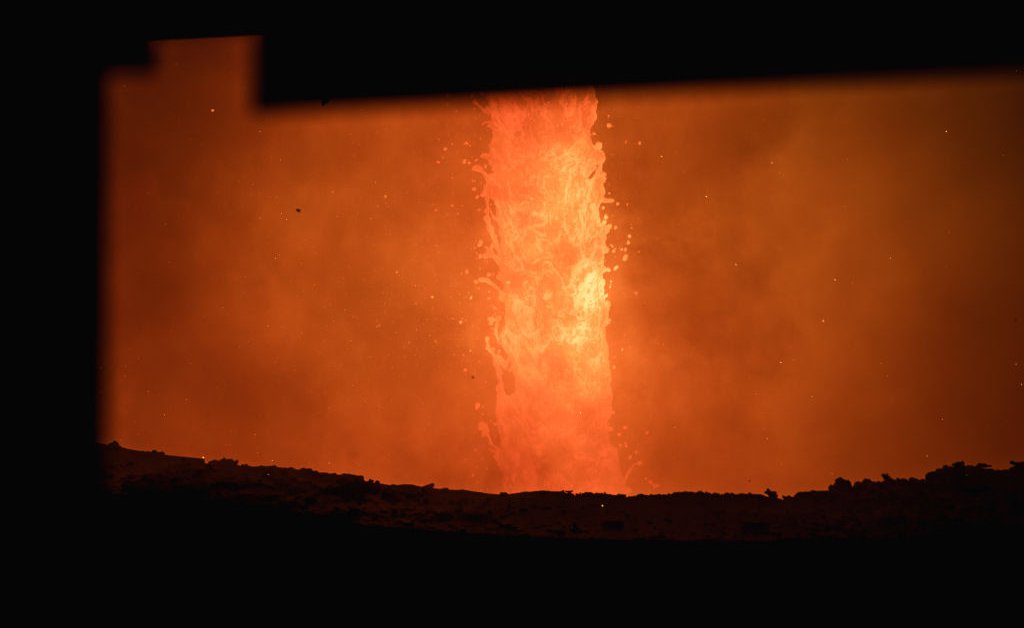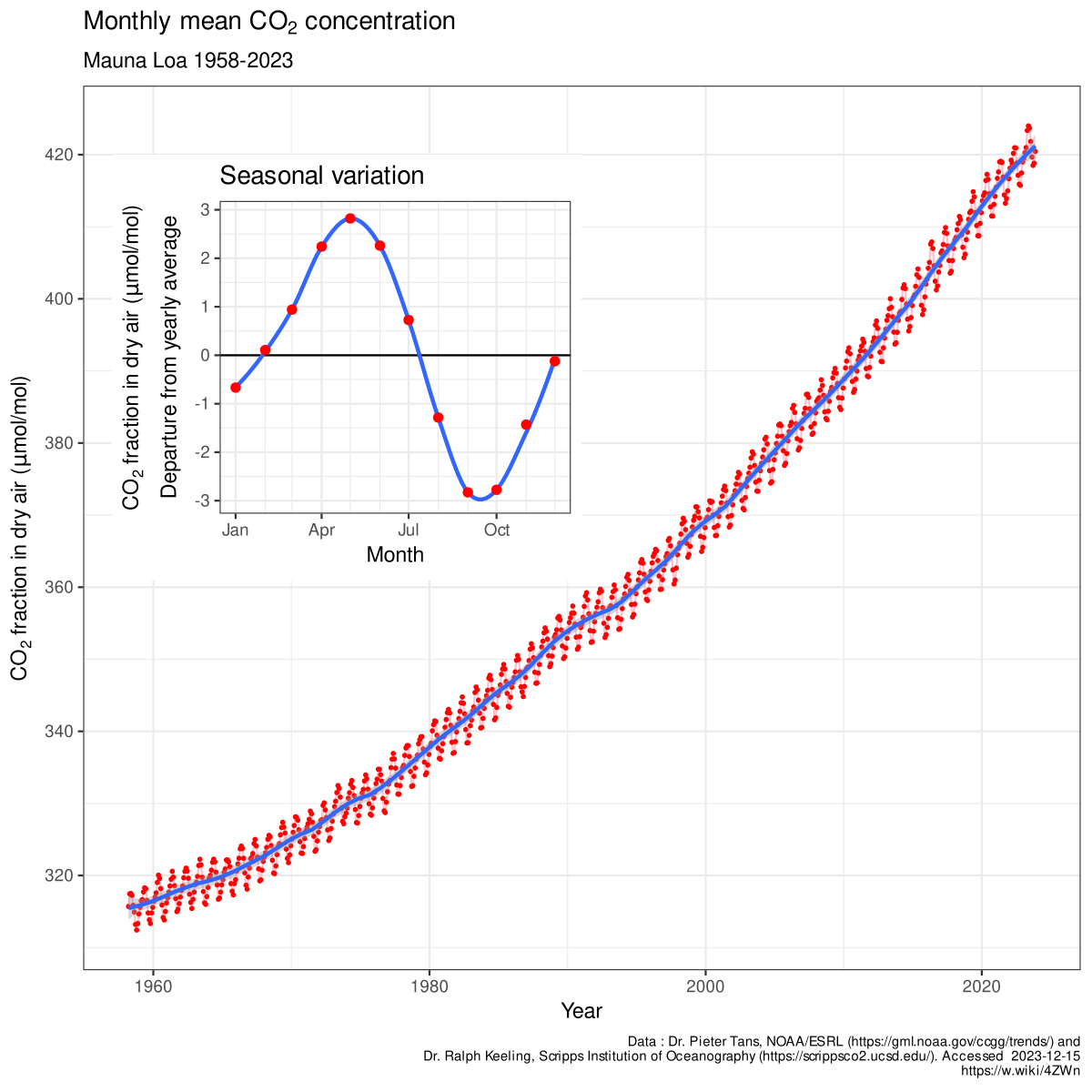FACTS is that ok?
- A 2004 study in the Proceedings of the National Academy of Sciences found that “large-scale use of wind power can alter local and global climate by extracting kinetic energy and altering turbulent transport in the atmospheric boundary layer.”
- In a 2010 study, University of Illinois researcher Somnath Roy found that wind farms affect temperatures and humidity near the surface.
- A 2011 Purdue study found increased temperatures at the surface as a result of wind farms, as did a 2016 study in Scotland.
- A 2018 study in Joule estimated that generating the United States’ electricity demand with wind power would warm surface temperatures by 0.24 degrees celsius, which is nearly one-fourth of the amount of warming the globe has seen since 1800.
Empirical observations can be considered potential facts, but conclusions drawn from them are evidence, not proof.
No one has ever suggested that wind turbines were not extracting kinetic energy from moving air or that they would not produce turbulence and mixing.
A few excerpts from some of your studies:
Specifically, we discovered that operational wind turbines
raised air temperature by 0.18 °C and absolute humidity (AH) by 0.03 g m−3 during the night, and increased the variability in air, surface and soil temperature throughout the diurnal cycle. Further, the microclimatic
influence of turbines on air temperature and AH decreased logarithmically with distance from the nearest turbine.
The data show that as wind passes throughout the wind farm, the air
warms during the overnight and early morning hours and
cools during daytime hours. Observed lower humidity rates and higher evaporation rates downwind also demonstrate that the air dries out as it travels through the wind farm. Further research over multiple seasons is necessary to examine the effects of warmer nighttime temperatures and drier conditions progressively downwind of the installation. Nevertheless,
wind turbines did not negatively affect local weather patterns in our small-scale research and
may actually prevent frost, which could have important positive implications for farmers by potentially prolonging the growing season.
For the same generation rate, the climatic impacts from solar photovoltaic systems are about ten times smaller than wind systems.
Wind's overall environmental impacts are surely less than fossil energy. Yet, as the energy system is decarbonized, decisions between wind and solar should be informed by estimates of their climate impacts.
Wind power does not add more heat to the atmosphere—wind turbines redistribute heat by mixing and alter large-scale flows both which can change climate.
Results depend on the spatial distribution and density of wind turbines. We assumed that the windiest areas would be exploited and that developers would use low turbine densities to maximize per-turbine generation. Based on simulated results with higher turbine densities,
doubling the turbine density over an area half as large as the benchmark scenario might generate almost the same power as the benchmark scenario, while increasing warming over this smaller region by only about a third.
In agreement with observations and prior model-based analyses, US wind power will likely cause non-negligible climate impacts. While these impacts differ from the climate impacts of GHGs in many important respects, they should not be neglected. Wind's climate impacts are large compared with solar PVs. Similar studies are needed for offshore wind power, for other countries, and for other renewable technologies.
There is no simple answer regarding the best renewable technology, but choices between renewable energy sources should be informed by systematic analysis of their generation potential and their environmental impacts.
[/URL]

time.com

